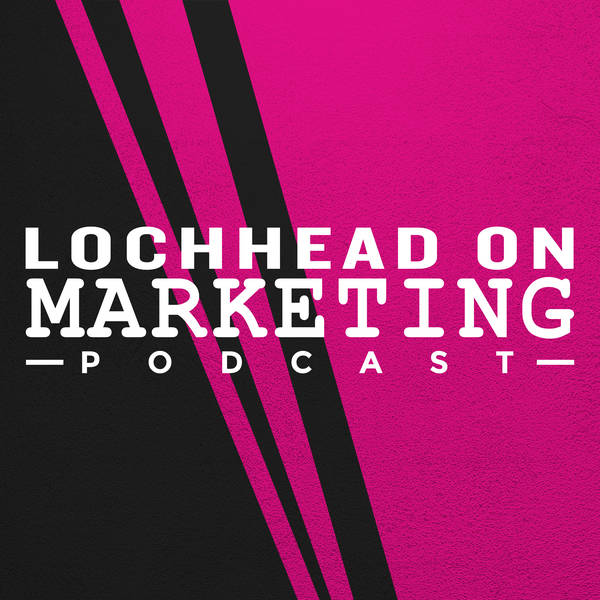
101 Category Design Scorecard
This episode talks about the Category Design Scorecard and how you can use it to spot a Category Designer. It also breaks down how you can evaluate a company's ability to create a new category or redesign an existing one.
Christopher and his Category co-pirates, Eddie Yoon and Nicholas Cole, just unveiled this new Category Design Scorecard. It is based on a tremendous amount of primary research, and they can't wait to share it with all of you.
How the Category Design Scorecard Came to be
The episode starts off by explaining why they created the Category Design Scorecard. Christopher, Eddie, and Nicholas wanted something that can distinguish a company that is a category designer or creator from a high growth company fighting tooth and nail for market share in their existing category.
We analyzed Fortune magazine's 100 fastest-growing companies list for over a decade. Were there certain things that companies are trying to design and dominate a new category? They were easily distinguishable from other high growth companies due to certain things they said. So we picked the Fortune 100 fastest growers list over a decade. What we discovered as we began to dig into the data are five key indicators. Those five key indicators distinguished category designers from other successful companies. - Christopher Lochhead
The Five Components of the Category Design Scorecard
Christopher then enumerates the five components of their new Category Design Scorecard, and they are as follows:
1. Category POV
Does the company have a clear “Point of View” of their category?
Are they able to frame a powerful problem, articulate a compelling vision, and most importantly, communicate the core compromises, trade-offs, and problems inherent to the way the category is today, but in such a way that the consumer/customer will be open to a new and different approach.
Category designers have a very specific way of doing it; which is they are going after something that they see as a noble cause, a noble purpose, or a giant problem worth solving. It's either a problem that we didn't know that we had, that they're educating us about, or it's an existing problem that they meaningfully reimagine it in a new context. - Christopher Lochhead
2. Future Category Reimagined and Without Compromise
Does the company cast a compelling future — free of any fundamental problems, compromises, and trade-offs inherent to the category as it is today?
We've learned a lot from our friend Joe Pine, who is one of the co-authors of The Experience Economy. One of the things that he teaches us is that companies that are successful in doing this transform their customers, transform their partners, and as a result of bringing new things to the world, they generate a tremendous amount of abundance. So the second criteria is, are they articulating a future category in a reimagined way without compromise? If they do, can the future category break new grounds and get us an exponential kind of future? - Christopher Lochhead
3. Radically Different Offer + Business Model
How does this new category get delivered to the customer? Is it both through a breakthrough product/service/offer, but also through a breakthrough business model?
How does product innovation and business model innovation come together in a way where 1 + 1 = 11?
There has to be something radically different about either the product offer, the business model, or both. - Christopher Lochhead
4. The Data Flywheel
Does the company generate data about customer/consumer with demand/preferences that creates a unique opportunity and advantage to anticipate the future of consumer demand and any category shifts?
Will this Data Flywheel provide insight into not only how to improve company offerings, but predict where demand for this new category will unfold next?
One of the big insights in Superconsumers is a relatively small percentage of the most enthusiastic consumers are customers that drive any category change.
